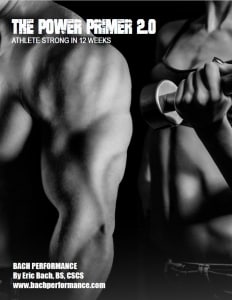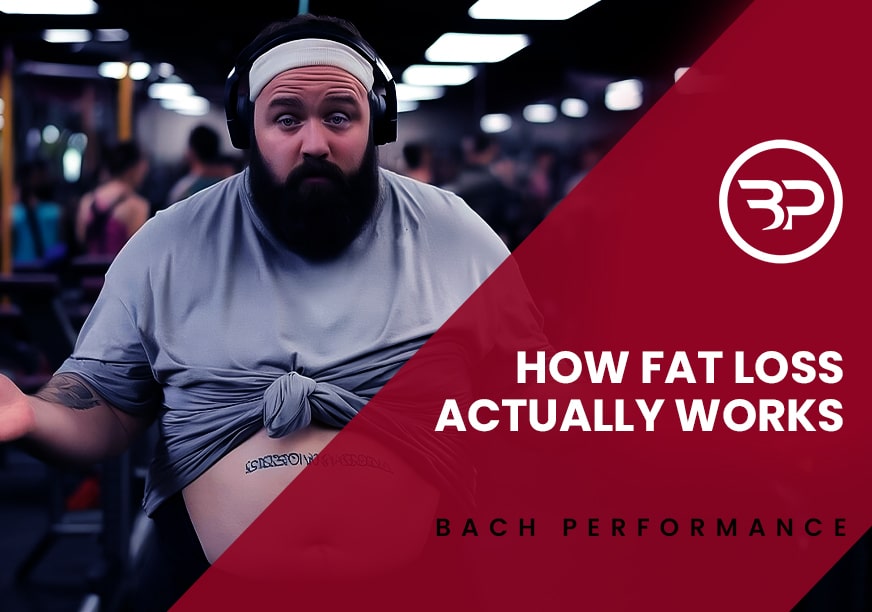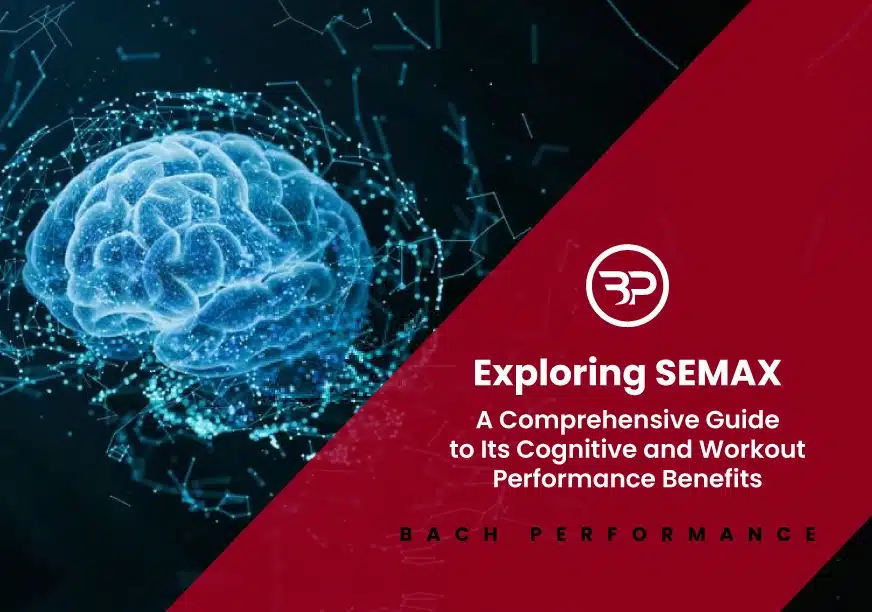How To Look Like An Olympic Athlete
August 6, 2016
With the Olympics underway, millions around the world stare in awe at the amazing athletic feats in everything from boxing to sprinting to kayaking — and yes, even rhythmic gymnastics.
Jokes aside, every athlete at the Olympics is among the best in the world at their respective. sport. None ended up at the Olympics by accident.
But one group of athletes stands out from all the rest: the power athletes. And the events themselves aren’t even the most captivating part. It’s their blend of incredible athleticism, power, and lean, muscular body. It all add up to you looking at your training and asking:
“How can I look like an Olympic Athlete?”
A body that’s is show and go.
A body made of substance, with a little sizzle.
In this post, I’ll show you four exercises that bring you closer to the total package. And while they’ll make you stronger, leaner, and more athletic, I can’t guarantee you’ll be swift like Bolt or yoked like Klokov, or shredded like a gymnast.
But I can promise that if you take action and focus on developing these skills with the program I have below, you’ll build your ultimate athletic body.
The Components of Looking Like an Olympic Athlete
How Can You Build Olympic Strength?
There are multiple types of strength, but for simplicity, let’s address relative strength and absolute strength. Relative strength is the amount of strength relative to body size. All else being equal, smaller individuals have higher relative strength. Think of your middle-school fitness tests when the 90-pound wrestlers would destroy the pull-up test while big kids struggled. This reflects your ability to control or move your body through space (relative strength), as in most movement-based sports like sprinting.
Absolute strength refers to the maximum amount of force exerted regardless of muscle or body size. Greater amounts of absolute strength favor those with higher body weight and, in general, larger individuals like Olympic throwers or heavy weight wrestlers.
Throwing it back again to your middle-school days, faster-maturing kids with greater absolute strength absolutely destroyed their counterparts in tackling or blocking drills.
Relative Strength & Absolute Strength
Strength training improves your performance primarily due to increased nervous system activation. Increased nervous system activation via strength training does two huge things for your training:
- Increases muscle fiber recruitment
- Increases speed at which the body sends electrical signals to the muscles
Take a look at the following chart:
| Bodyweight | Deadlift | Max Absolute Strength | Relative Strength |
| 185 pounds | 405 pounds | 405 pounds | 2.2x bodyweight |
| 205 pounds | 405 pounds | 405 pounds | 1.97x bodyweight |
Notice that while the larger lifter has the same absolute strength as the lighter lifter, his relative strength is less than the lighter lifter. If you’re a dedicated gym rat, your objective is to get stronger, leaner, and more athletic. Both absolute strength and relative strength are needed to maximize your high-performance beastliness.
Developing greater absolute strength builds greater relative strength. You develop greater absolute strength by improving technique on big lifts, improving neuromuscular function, and in many cases, increasing bodyweight. When body weight is kept the same, an improvement in absolute strength improves relative strength, thus improving your ability to generate force on exercises like jumps, bodyweight exercises, and moving your body through space like an Olympic bad-ass.
To improve both maximum and relative strength, you need to emphasize multi-joint exercises to stimulate larger increases of anabolic hormones (Hansen et al., 2001). For well-rounded strength development, combine heavy strength work like presses, rows, cleans, and squats with relative strength exercises like chin-ups, jumps, and sprints with maximum explosive intent.
So what’s the best?
When in doubt, the basics are best. If I had to pick one lift, I’d pick the squat. More specifically, the front squat.
The Front Squat
Olympic Abs
Most high-level sprinters have athletic bodies that make the gods envious.
So, what’s the key?
Genetics aside, sprinting!
Similiar to high intensity weight lifting, sprints can trigger the release of anabolic hormones that help you build muscle and burn body fat.
Your glutes, hamstrings, quads, calves and hips generate insane amounts of force during a sprint. Your spine works on stabilizing you and transferring power through your body. Altogether, this builds stronger legs and activates a youthful-like athleticism while triggering a massive hormonal shift in your body.
Sprinting has an impact on three hormones that help you look better naked:
Testosterone
Testosterone is the major masculinizing hormone in your body. Greater testosterone levels will improve your energy, help you build lean muscle and cut body fat. I’d wager you’d be happy with all three of those things.
Growth Hormone (GH)
GH is released in response to large muscle contractions and is further stimulated by training without long periods of rest. Triggered by metabolic stress (the stressful environment in which you’re gasping for air and your muscles are on fire), GH is often described as the fountain of youth. It slows the aging process, aids in the metabolism of fatty acids and boosts protein synthesis.
Insulin
Huge muscular contractions promote greater insulin sensitivity. This results in improved nutrient partitioning. In other words, your body gets better at breaking down nutrients for energy and muscular recovery instead of storing them as fat. With better insulin sensitivity, you’ll improve your cardiovascular health, build lean muscle and reduce body fat.
Adding Sprints:Hill or incline sprints are best because they greatly reduce the risk of injury. It’s mechanically impossible to over stride while running up a slight inclination, which decreases the risk of the dreaded hamstring pull.
Running up a hill also shrinks the distance your foot covers on the ground, decreasing joint stress on your hips, knees, and ankles. Fewer injuries, better conditioning, and burning fat?
Yes, please.
Sprint twice a week as an individual workout or after a lift.
Here’s a sample six-week progression. Make sure you warm up before starting and repeat each interval 8 to 12 times.
Week One: Sprint 10 seconds, rest 50
Week Two: Sprint 11 seconds, rest 49
Week Three: Sprint 12 seconds, rest 48
Week Four: Sprint 13 seconds, rest 47
Week Five: Sprint 14 seconds, rest 46
Week Six: Sprint 15 seconds, rest 45
Sprinting is a mainstay in all of my Power Primer Programs for a good reason: They work well for developing an athletic, shredded body.
Olympic Power and Explosiveness
Explosive exercises improve your workouts by teaching your nervous system to fire faster, helping you jump higher, run faster, and throw further.
Even more, explosive exercises recruit high-threshold motor units (HTMU’s)—units within each muscle to fire simultaneously for improved strength. And as the icing on the cake, the more HTMU’s you can recruit, the more muscle you’ll stimulate to grow during workouts.
Altogether this means explosive Power Primer exercises help you move faster, lift heavier, and build more muscle—three key traits to looking like an Olympian.
Read More: Four Training Splits to Build an Athletic Body
Exercises:
The Olympic lifts would fit well here (and rightly so), but a lot of gyms frown on “aggressive lifts” and dropping big weights.
Shame on them.
And while you could flip them the bird and find a better gym, that’s not always practical.
Therefore, if you allowed to the Olympic lifts like power cleans, please continue doing so.
Otherwise, here’s my favorite alternative: The Squat jump.
You’re probably wondering what happens when you combine squatting and jumping, right?
Magic, of course.
The truth isn’t really that far out: Using the same movement pattern (squatting and jumping) with both heavy and light resistance improves intermuscular and intramuscular coordination: two factors in your central nervous system’s ability to perform movements faster and with more power.
When your goal is looking athletic and building explosive power, then explosive training like this is exactly what you need to bridge the gap between strength and speed to build an athletic body.
There are three phases to completing a jump squat: loading, exploding, and landing.
Loading: Set up with feet about shoulder-width apart in an athletic stance with arms up at chest height; simultaneously swing the arms down, while bending the hips and knees to load your legs.
Exploding: Rapidly swing the arms up while driving your feet into the ground, extending the hips and knees, and then taking off. Fully extend the arms overhead to fully extend the body with the ankle, knee, hip, trunk, shoulder, and ear all being aligned.
Landing: Bend your knees into a squat position and absorb force evenly through the foot, not just through the toes. Keep your chest and head up, looking directly ahead. Your shins should be vertical and knees straight to avoid joint stress.
How many: Three sets of five reps with 60-90 seconds between sets. Perform on a lower-body training day, before or in place of a squat.
How you can Look like an Olympic Athlete
Most people plateau in the gym and stay mediocre because they continue doing what they’ve always done in the past. They lift only heavy and focus only on the weight or muscle. They neglect rep quality and explosiveness. This mistaken approach is not performance training.
A solid strength foundation remains essential. But to build your best looking AND best performing body focus on:
*Getting more explosive
*Generating strength fast, with exercises like cleans and jumps
* Conditioning to build wicked endurance and shred fat
How To Look Like An Olympic Athlete
There’s no better tool to bridge the gap between the body you want and the athleticism you deserve than my latest program The Power Primer, 2.0.
I’ve created eight months worth of programming to get you Strong, Shredded, and Athletic. This isn’t a program for athletes.
It’s for those of us that refuse to accept pathetic athleticism at the cost of building your best-looking body.
Here’s what Power Primer users are saying:
“The Power Primer program uniquely blends the best methods to improve the way your body performs, looks, and feels. For both athlete’s and nonathletes, the workouts are comprehensive, effective, and really fun. Anyone looking to develop an athletic body that looks as good as it performs will really enjoy this program.”
– Brian Y.
“If you’re looking for a program, this is it. Athlete strong, burning fat, hypertrophy with an in depth video guide of all the exercises. Coming from a minor league baseball player I follow the program as is and has been nothing short of awesome.
– Brad J.
It’s time to bridge the gap between athleticism and aesthetics.
It’s time to unleash the Power Primer and build your leanest, strongest, and most athletic body to date.
There are three workouts: fat loss, performance, and muscle gain. When combined, they help you build your best body.
Coupled with a comprehensive video guide and optional full nutrition guide, you’re getting over eight months of workouts for less than your favorite bourbon protein powder.
Get the Power Primer Today.











